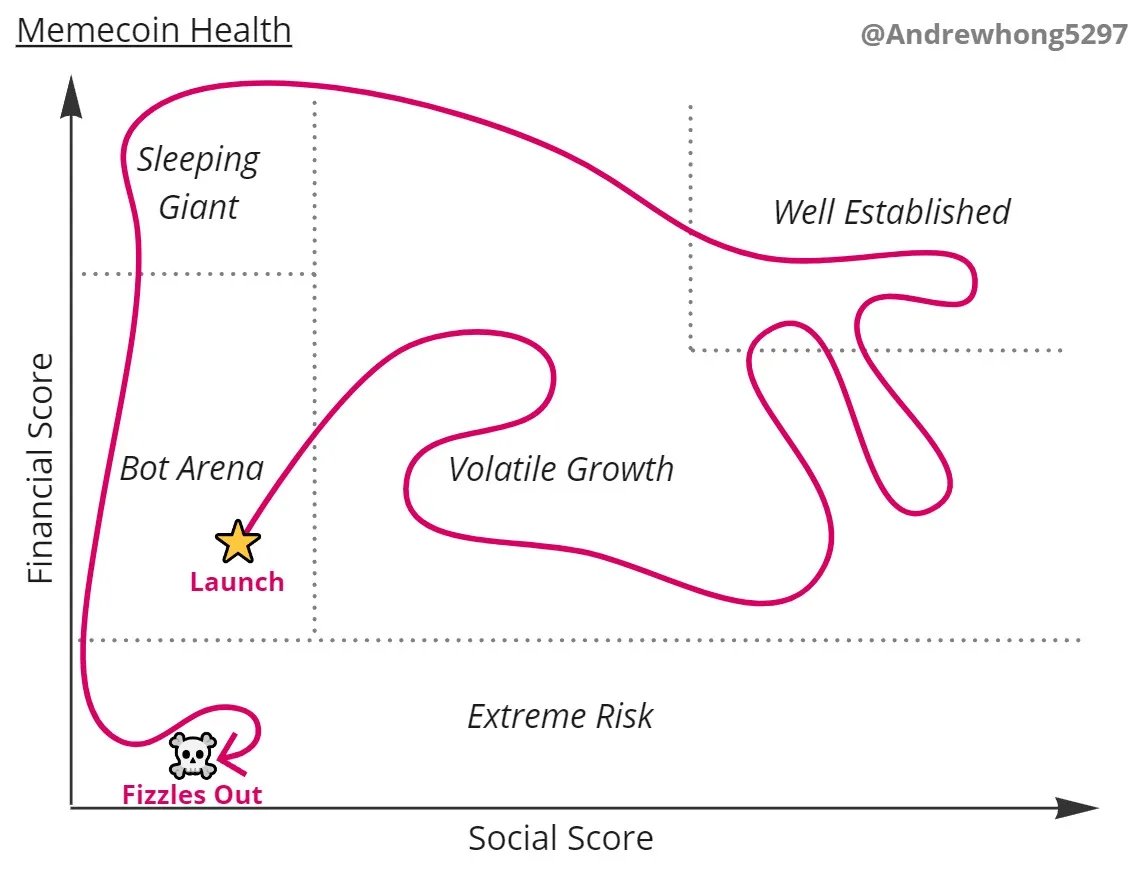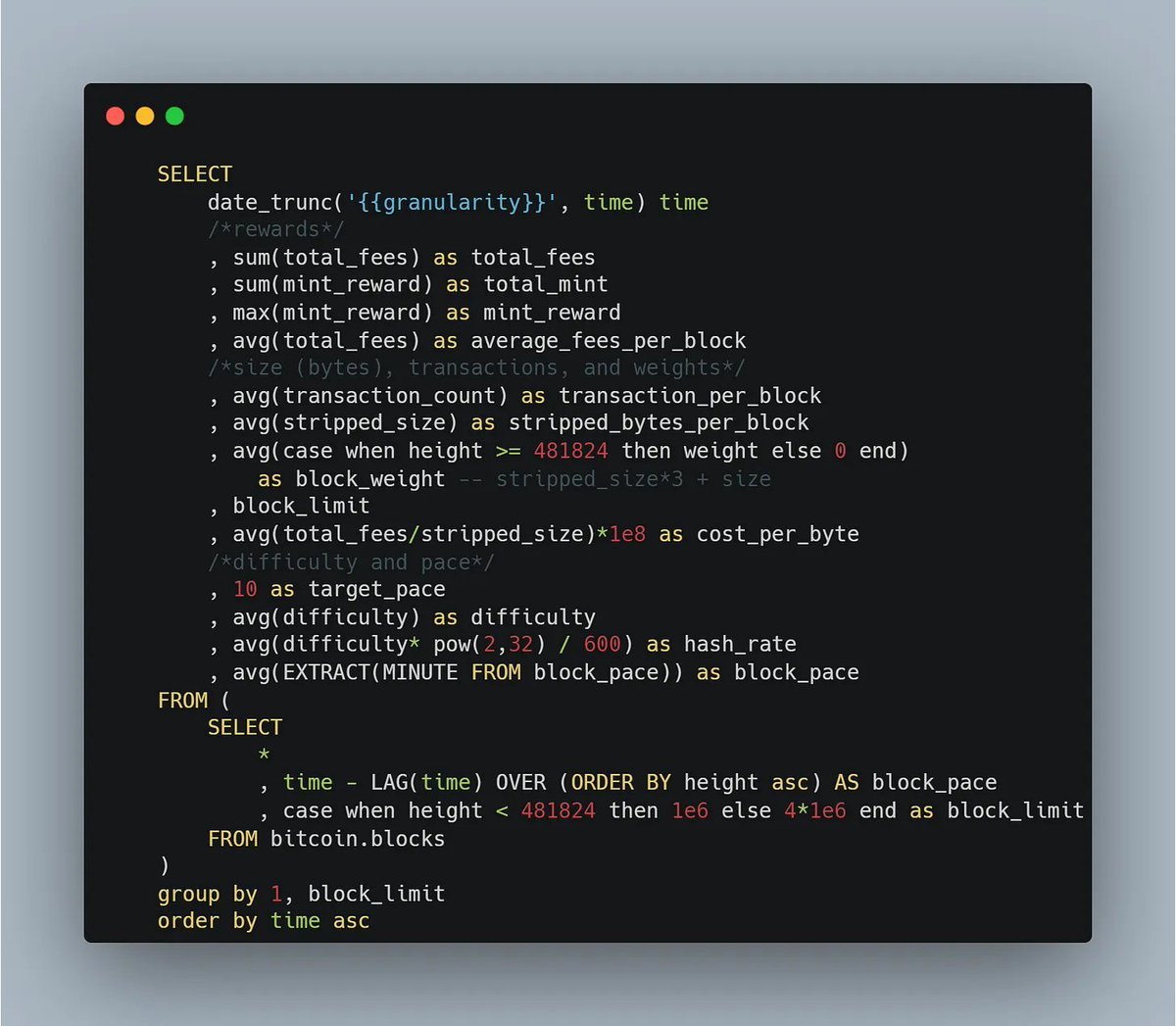
agent @herd_eco | advisor @archetypevc | ex-@dune
👇Start your data journey (ethereum, solana, bitcoin)
2 subscribers
How to get URL link on X (Twitter) App






 You'll first need to learn to distinguish contract addresses from EOA addresses, which is normally obvious based on if there is a long hex string in the input data or not.
You'll first need to learn to distinguish contract addresses from EOA addresses, which is normally obvious based on if there is a long hex string in the input data or not. 


 Generally, memecoins go through five or so life stages as they fight to be at the top.
Generally, memecoins go through five or so life stages as they fight to be at the top. 

 First, you need to understand what's onchain and what's offchain.
First, you need to understand what's onchain and what's offchain. 

 Having a Bytepass is required to participate - a snapshot is taken right before each quest.
Having a Bytepass is required to participate - a snapshot is taken right before each quest. https://twitter.com/andrewhong5297/status/1744773100611252650

 The first quest will be a set of weekly questions on
The first quest will be a set of weekly questions on

 If you don't already know basic SQL and how to navigate Dune tables - start with the beginners guide.
If you don't already know basic SQL and how to navigate Dune tables - start with the beginners guide. https://twitter.com/andrewhong5297/status/1605237380679892992?s=20

 Today I'll cover token standards on Ethereum mainnet - starting with ERC20. This is the basic fungible token that copies the features of the network token (ETH).
Today I'll cover token standards on Ethereum mainnet - starting with ERC20. This is the basic fungible token that copies the features of the network token (ETH).

 Query if you want to take a look dune.com/queries/198160…
Query if you want to take a look dune.com/queries/198160…
 You need to know four tables: blocks, transactions, inputs, and outputs.
You need to know four tables: blocks, transactions, inputs, and outputs. 

 Just a quick list of the most interesting products to me:
Just a quick list of the most interesting products to me:


 2/ First off, the governance proposal with all the details is live here - go vote on it if you hold COMP (closes in 2 days) compound.finance/governance/pro…
2/ First off, the governance proposal with all the details is live here - go vote on it if you hold COMP (closes in 2 days) compound.finance/governance/pro…








